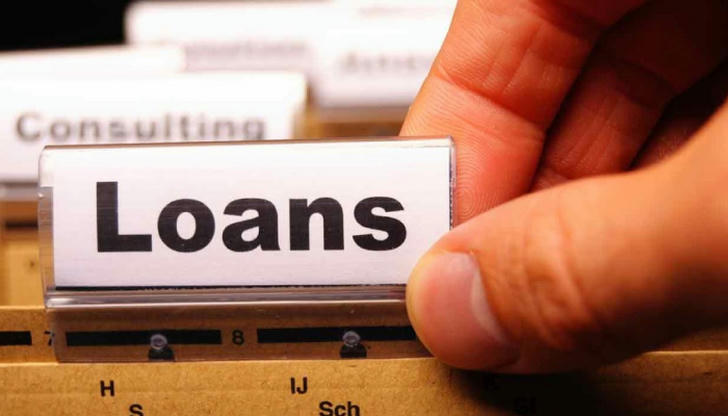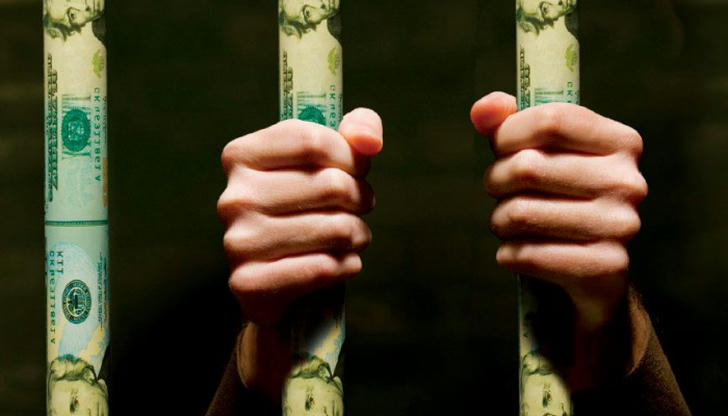Black loans: identification and prevention
Black loans refer to loans that are not provided through legal financial institutions and are not protected by law. Such loans are usually provided by illegal lenders with alarmingly high interest rates, accompanied by strict repayment conditions and violent collection methods. Unlike legal loans, black loans often lack transparency and formal procedures, and it is difficult for borrowers to obtain the legal protection they deserve.
Definition and characteristics of black loans

Characteristics of black loans include:
1. High interest rates:
The interest rates of black loans are usually much higher than the market interest rates, and may even be as high as hundreds or thousands of percentage points.
2. Concealment of fees:
Lenders deliberately conceal or do not clearly indicate various fees in the loan contract, causing borrowers to pay costs beyond their expectations.
3. Violent collection:
If the borrower cannot repay on time, black loan lenders often use violence or intimidation to collect the loan.
4. Lack of formal procedures:
Black loans usually do not sign formal contracts, or the contract terms are vague, making it difficult for borrowers to protect their own rights and interests.
Harms of black loans
Black loans are serious harms to both individuals and society. First, for borrowers, black loans may lead to financial crises. High interest rates and hidden fees can quickly accumulate, and borrowers may fall into a debt trap and find it difficult to extricate themselves. Secondly, the violent collection methods of black loans pose a threat to the safety of borrowers and their families, and may cause physical harm and psychological trauma.
From a social perspective, black loans disrupt the order of the financial market and affect the healthy development of the economy. Illegal lending activities increase social instability and cause public security problems. In addition, black loans often involve illegal activities such as money laundering, which have a negative impact on the legal and moral environment of the entire society.
How to identify and avoid black loans
Identifying the warning signs of black loans is an important step in preventing black loans. Here are some common warning signs:
1. Excessive interest rates:
If the interest rate of the loan is significantly higher than the market average, be alert that this is a sign of a black loan.
2. Opaque fees:
Lenders deliberately conceal or blur the details of fees, so be vigilant.
3. Lack of formal contracts:
Formal lenders will provide detailed loan contracts. If the lender does not provide a formal contract or the contract content is vague, be especially careful.
To avoid illegal loans, you should choose a legal lending institution and follow the following points:
1. Investigate the background of the lender:
Choose a reputable formal financial institution and avoid dealing with private lenders of unknown origin.
2. Read the contract carefully:
Before signing a contract, be sure to read and understand all the terms carefully. If you are unclear, you should consult a lawyer or professional in time.
3. Control the amount of the loan:
Borrow reasonably according to your own financial ability and avoid loans that exceed your repayment ability.
Legal and policy responses to illegal loans

At present, governments and regulators in various countries are stepping up their efforts to crack down on illegal loan activities. Legally, strict penalties have been formulated for illegal lending, including high fines and criminal liability. The government has also strengthened supervision of the financial market and protected consumer rights by formulating financial regulatory policies.
Specific measures include:
1. Establish a reporting mechanism:
Encourage the public to report illegal loan activities and establish a supervision system involving all people.
2. Strengthen financial education:
Through publicity and education, improve the public's ability to identify and prevent illegal loans.
3. Collaboration to combat illegal lending:
Financial regulatory authorities cooperate with public security organs to focus on combating illegal lending gangs and maintaining social security and financial order.
For borrowers who have been harmed by black loans, the government and social organizations provide legal aid and psychological support to help them out of difficulties. At the same time, the public is also called on to bravely turn to the law and social forces to resist illegal lending when facing the threat of black loans.
Conclusion
Black loans not only endanger personal finances and security, but also damage the social and economic order. By raising vigilance, choosing legal lending institutions, and strictly abiding by the terms of the loan contract, the trap of black loans can be effectively avoided. The government and all sectors of society should also work together to increase crackdown and prevention efforts to contribute to building a healthy and safe financial environment. I hope this article can provide readers with valuable information to help everyone make wise decisions when facing black loans and protect the financial security of themselves and their families.
